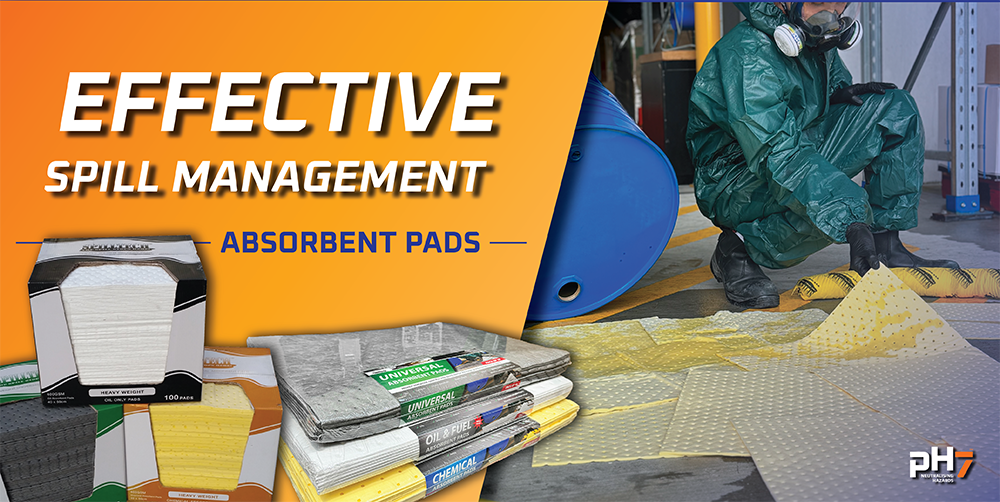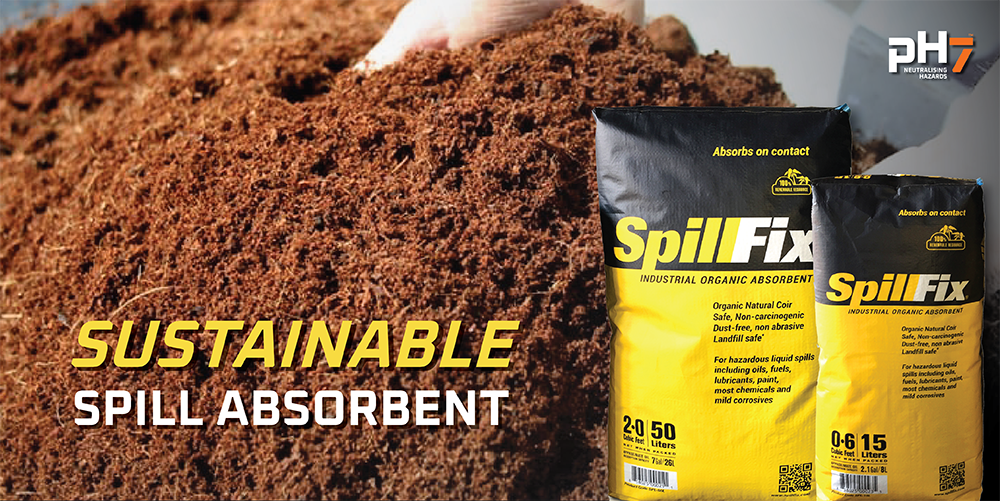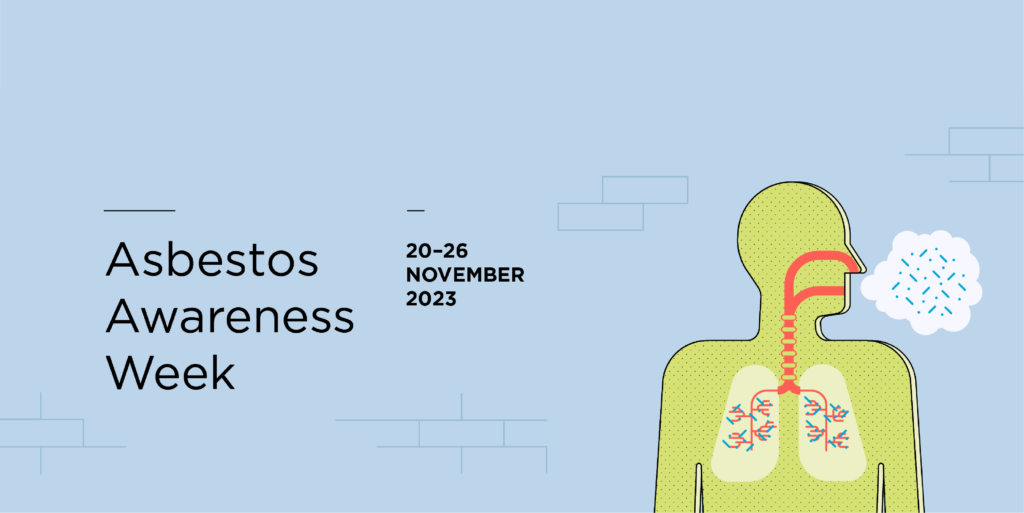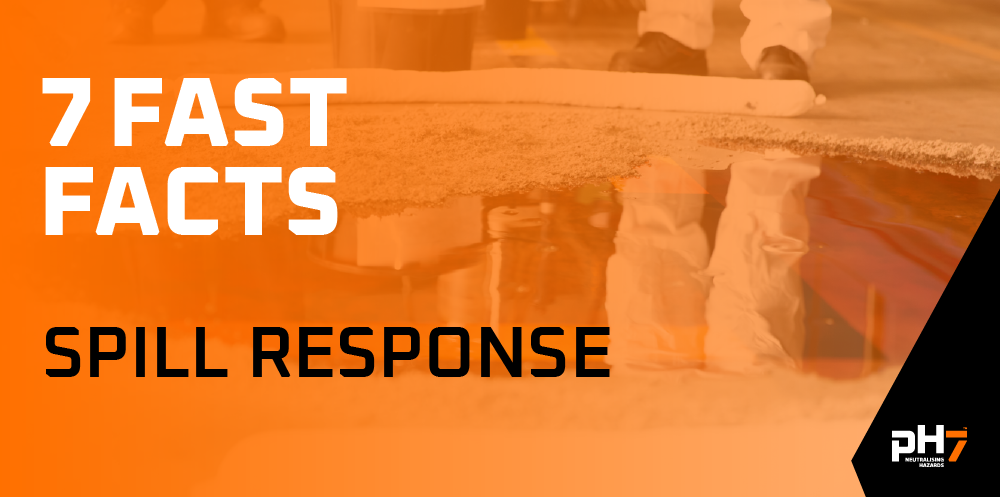
Hi everyone,
Well, we are back to work after an extended break over Christmas and the New Year. Now with a few days under our belt, I thought I would give you a bit of a rundown on what we, at ph7 International, are seeing and hearing in the market so far. I have broken this into various topics so you can read the parts you’re interested in and skip the rest.
Product Supply Lines:
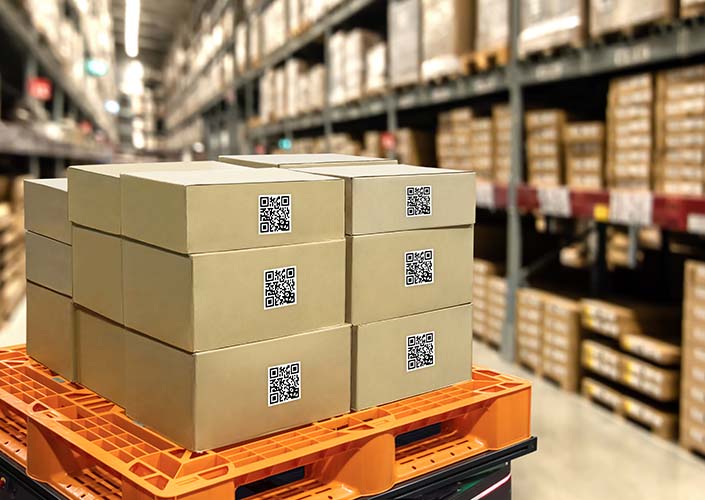
Product supply remains challenging, especially out of China, which is still coping with unprecedented demand for raw material and product. While this had been getting better toward the end of 2020, we are still waiting to receive many smaller items such as hats, beard and shoe covers. Factories are mainly focusing on producing the high value, high volume products and we are seeing a reluctance to produce smaller items and the full range of sizes in certain areas. We hope to see these restrictions ease as the year progresses but, for now, continue to expect stock outages and gaps in supply. Our recommendation would be to be flexible, stay in contact with your suppliers and consider alternatives if your first choice is not available.
Gloves out of Malaysia have been particularly difficult for us and, despite working with one of the largest manufacturers for disposable gloves in the world, we have been advised that we are unlikely to receive more disposable gloves from them until the end of 2021. As a result, we are looking at alternative suppliers and will keep you informed as to how we get on. For now, all we have left is the following:
- Latex low powder – 200 cartons (SML=12, MED=71, LRG=96, XL=20)
- Latex powder free – 22 cartons (only XL)
- Latex High Risk – SOLD OUT
- Nitrile blue low powder – 102 cartons (MED=73, LRG=14, XL=15)
- Nitrile blue powder free – 72 cartons (LRG=62, XL=10)
- Nitrile black dragon – 469 cartons (SML=79, MED=326, LRG=62)
Please note that this changes rapidly. We recommend you purchase gloves when possible and hold stock to minimise disruption. We note that other suppliers have been receiving stock, so it is worth looking around the market to see what is available.
Outside of Asia, we are seeing longer manufacturing times in America, Japan and Europe as companies battle to produce products with national lockdowns in place in many countries, staff away sick and difficulty sourcing raw materials.
We expect that sourcing product over the coming six months will remain challenging, and distributors and customers will need to either be patient and wait for stock to arrive or to shop around to see who has landed the product they are looking for.
Shipping Times:
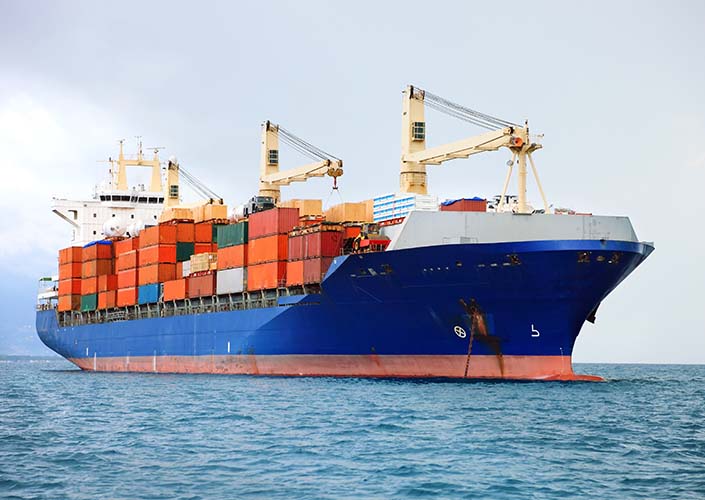
Sea and airfreight remain problematic. To be blunt, all over the world the international freight forwarding system is a dog’s breakfast! There is a lack of ships coming from China to New Zealand which is driving up prices and causing significant delays.
Initially this was caused by the shipping lines reducing service to match the fall in demand and to recover from the losses they were making when COVID first broke out in Wuhan. Now that demand is back up, and even higher than last year, the shipping lines have not re-introduced services in this part of the world due to congestion at Australian and New Zealand ports, which is leading to long delays and ships having to spend up to 12 days in port waiting to get a slot for unloading.
We have seen congestion at international hubs such as Hong Kong and Singapore leading to delays. Because of COVID restrictions, ships need to be at sea for longer before being allowed to dock in Australia. In Sydney, there has been continued industrial disputes with dock workers leading to delays and in Auckland the port’s rollout of new technology designed to speed up unloading of container ships has done the opposite, leading to further delays.
Last December, one of our containers was off loaded in Whangarei’s North Port. The cost to truck that container 159km was almost the same as the cost to ship it from China. That extra cost was not born by the shipping lines, but instead passed onto us. You just have to take a look around your local shops to see the impact this is having. In short, the system is broken at the moment, and friends in the freight forwarding business tell me it’s unlikely to be fixed before April this year.
Here are some concrete numbers to show you the impact this has:
Price – prior to COVID, a 40’ container from China to NZ cost us around $3,000 NZD. Now we are being quoted $7,500-$8,000 USD (around $11k NZD) for that same container.
Shipping times – prior to COVID, the Shanghai to Auckland leg took approximately 18 days. Now we are looking at 25 days shipping and up to 12 days waiting in Auckland harbour.
Availability – There is a shortage of containers in China due to reduction in exports from around the world. Plus, there is a shortage of space on the ships once you get a container. We had eight containers due to leave China in December but could not get on any ships due to a lack of space. This has delayed all those shipments by at least three weeks. In some cases, we are still waiting to get confirmation as to when we can get on a ship which will lead to longer delays.
Chinese New Year – With CNY only days away everyone is fantastically trying to get their stock on ships before China effectively closes for a month. This is just compounding the problems outlined above.
Pricing:

Towards the end of last year, we started to see the price of products stabilise and, in some areas, start to come back as demand for non-woven material dropped. More recently, we have seen the NZD rise against the USD, currently up at around 72c, compared to <60c at the start April 2020.
However, do not expect prices to come back anytime soon for the following reasons:
- Freight costs, as explained above, are almost triple what they were a year ago.
- The Chinese Yuan is appreciating strongly against the USD and this is putting pressure on Chinese manufacturers to increase their prices again.
- Importers such as ph7 International generally ‘hedge’ our currency purchases to reduce the impact of a sudden drop in the NZD and to reduce uncertainty. This means it will take some time before the benefits of a higher dollar are realised.
- COVID continues to surge around the world, despite the rollout of vaccines, and this will continue to place significant demand on raw materials and to create shortages, leading to higher prices.
It is not all bad news though. ph7 International has good stock of a wide range of product including respiratory protection, chemical suits, DG cabinets, secondary containment, HAZCHEM signage and emergency showers and eyewashes. Plus, we will be launching a range of new PAPR and Airline respiratory solutions from next month, along with the launch of our online training portal.
I believe the best thing to do during such times of uncertainty is to stay in touch, speak to us about your customers’ needs and what we can do to help. I’d also recommend taking a flexible approach; these are not normal times, prices will change regularly, and supply will be delayed or disrupted. Those businesses that can be nimble, solve problems for their customers and work closely with everyone in the supply chain are likely to prosper.
Yours sincerely,

Darryl Burn
Managing Director
Click here to download the PDF letter versions.
